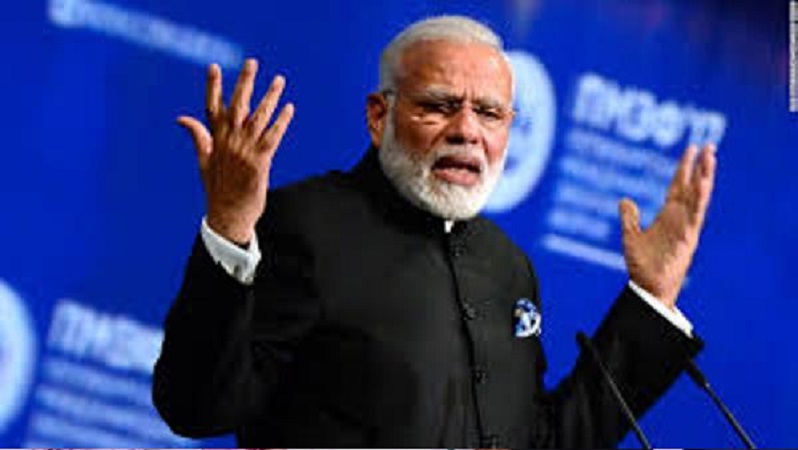As people and organisations across the world continue appreciating a life well spent of Professor Ebenezer Oludayo Soola, who died on February 27, 2021, our analyst examines his last message to the academic community and Nigerian society. Professor Soola was a retired Professor of development communication at the Department of Communication and Language Arts, University of Ibadan.
Our analyst discovered, according to available information from the Google Scholar, that the erudite African scholar of development communication investigated and published an article on “Women’s mass media exposure and maternal health awareness in Ota.” After analysing the issues around maternal health awareness in the research setting, Professor Soola and other colleagues note that “the goal of increasing the level of maternal health awareness needs to be matched with action thereby influencing the adoption of intervention measures aimed at reducing the rate of maternal mortality to the barest minimum.”
With this message and the consideration of Ogun State as the research setting, our analyst notes that Professor Soola eventually gave back to his immediate community. According to an online medium, “he was born in 1946 in Egba-Obafemi/Owode Local Government Area of Ogun State. After his primary and post-primary studies, he was admitted to the University of Ife now Obafemi Awolowo University OAU in 1970, where he read and obtained an Honours Bachelor’s degree in English.
He later proceeded to Brooklyn College City University of New York in the United States of America, where he obtained a Master’s degree in Broadcast Communication. On returning to Nigeria, he crowned his academic laurels with a PhD from the prestigious University of Ibadan. Soola who joined the University of Ibadan in 1984 became a professor in 2010. He served the University of Ibadan in various capacities. He successfully supervised several PhD theses at the University of Ibadan and other notable universities. He also served the National Universities Commission, NUC, as a member and chairman of accreditation panels to a number of universities.”
“He was a distinguished scholar and, undoubtedly, a renowned development communication scholar with experience of development in virtually all the local government areas in Nigeria. Soola taught so many professors, scholars, and other professionals of communication, mass communication and so on. Sunday Adepoju, one of his former students at the University of Ibadan says.
Another student, John Olufemi Atoyebi, who is a renowned professional in Nigeria says “Sad. May God grant him good rest. He taught me between 90 and 95 and later 98. Such a great man. Gentle as a dove.”
To immortalize his names and works in the academic community and African society, his academic sons and daughters had in three occasions organised international conference on communication, exploring different phases of development communication within indigenous and western perspectives. In 2013, the theme of the conference was “Harnessing the New Media of Communication for Sustainable Human Development.”








